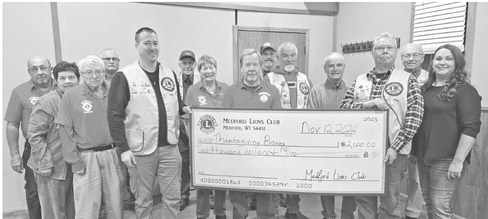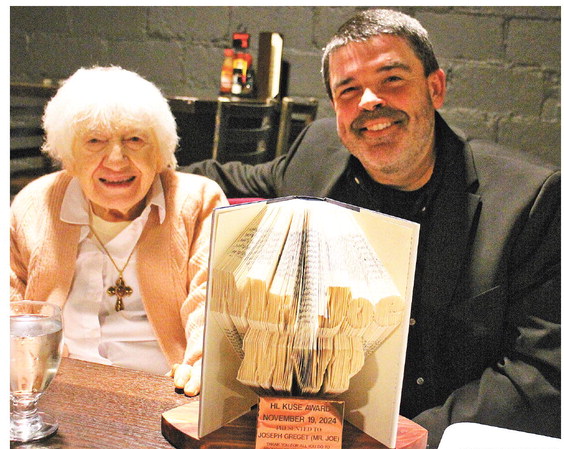Finishing the harvest


ome The big combines of today make short work of combining corn, moving up and down the fields, harvesting several rows of stalks at a time.
It’s a far cry from 50 years ago, when my father used a one-row picker. Those were also the days when rows were 3 feet apart, as opposed to the 30-inch or even 20-inch rows now used by most farmers.
The picker was ancient and often broke down, but it was a project of perseverance from October through November to methodically go through the fields and send the cobs into the gravity box.
One year the picker broke down while there was still part of one field to pick. Dad decided that he and his two boys – Kevin and myself – could pick the rest of the field by hand. And so we did, working our way down the rows and tossing them into the back of a wooden wagon.
Today I wouldn’t mind the monotonous job outside in the fresh November air, but it was nearly unbearable to my 10-year-old version. But it was the job I was asked to do, so somehow I forced myself to bear it.
Corn cobs are reluctant to part from the stalk, even when there is no moisture left in the plant. You have to apply some force to pull off the cobs. I don’t recall that we used a knife – just our glovecovered hands. If Dad were still alive and had the keen memory that faded in his later years, I’d ask him about that day. Surely that small amount of corn didn’t make that much difference to the farm and wouldn’t have made much feed for the 65-head dairy herd. There were some lean years, however.
I suspect I know part of the answer. The corn was there. Whatever was left stood in the way of the completion of the harvest, the end of the growing season.
The rhythm of farming is tied to the seasons and to the land. That rhythm becomes a part of the farmer’s soul. The plowing and planting, the growing and the harvest flow through your veins. Some years are good, some are bad. Whether it’s a record yield or a poor one, in the end you harvest what you have planted. In a life where the work is never really done, it is one way to measure the beginning and the ending of something. Perhaps it was Dad’s need for closure that had the three of us picking corn under the fading autumn sky. By the time we were done a few hours later, the sun was slipping beneath the hill and there was a mound of corn cobs in the back of the wagon. Kevin and I rode in the wagon sprawled across the corn as Dad drove the tractor the mile or so back to the farm, where the cows awaited their afternoon milking.
I rested on those golden cobs and stared up at the gray sky.
I was tired and my hands were sore. But I felt alive. It was a job well done. Chris Hardie spent more than 30 years as a reporter, editor and publisher. He was nominated for a Pulitzer Prize and won dozens of state and national journalism awards. He is a former president of the Wisconsin Newspaper Association. Contact him at chardie1963@gmail.com.


